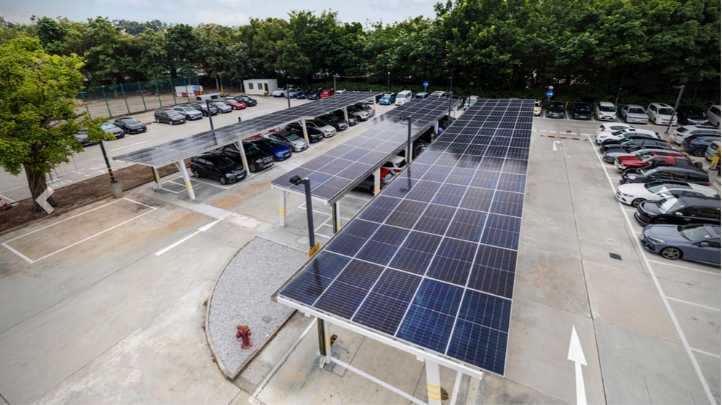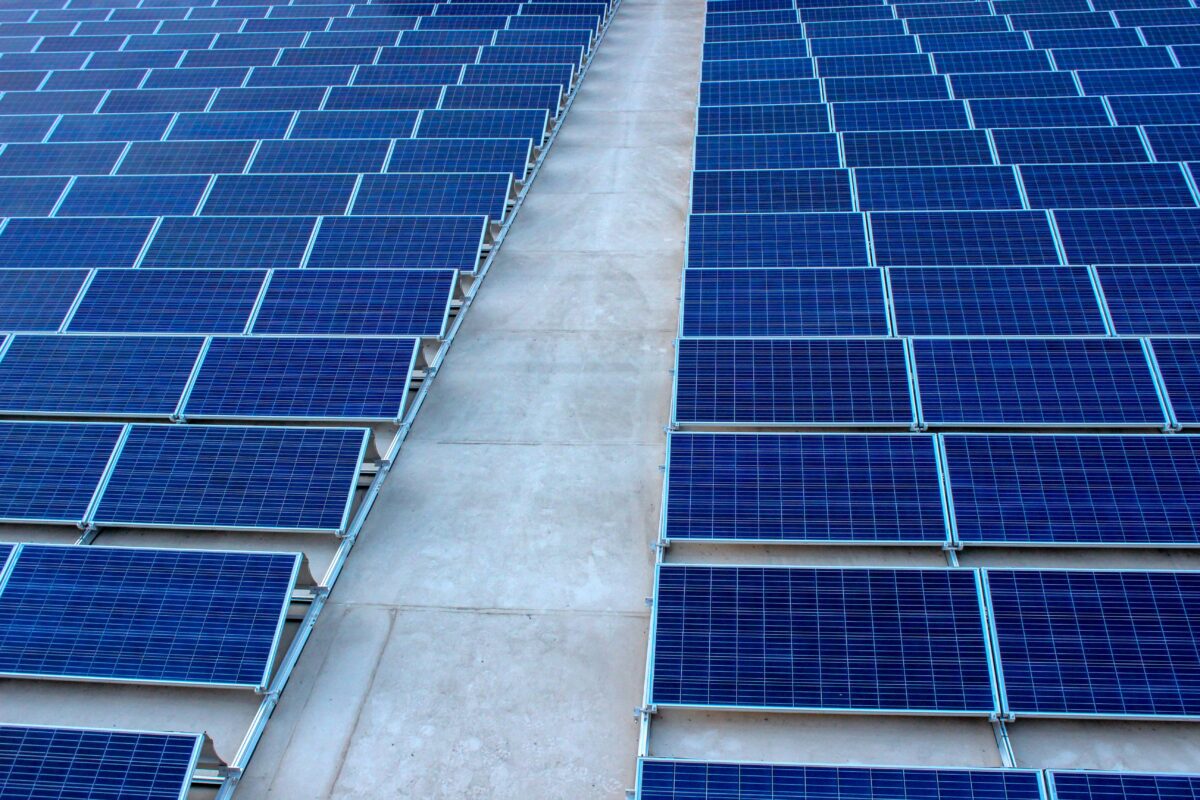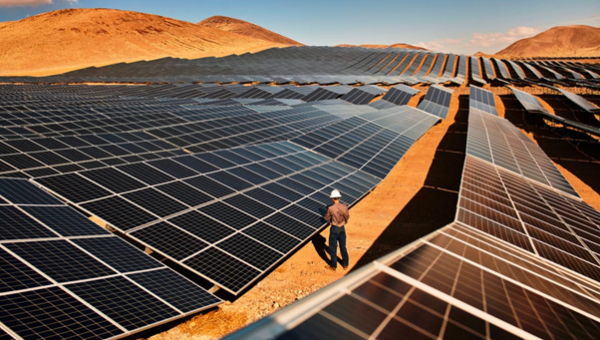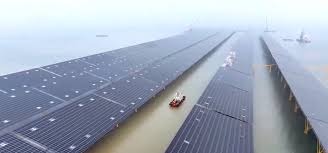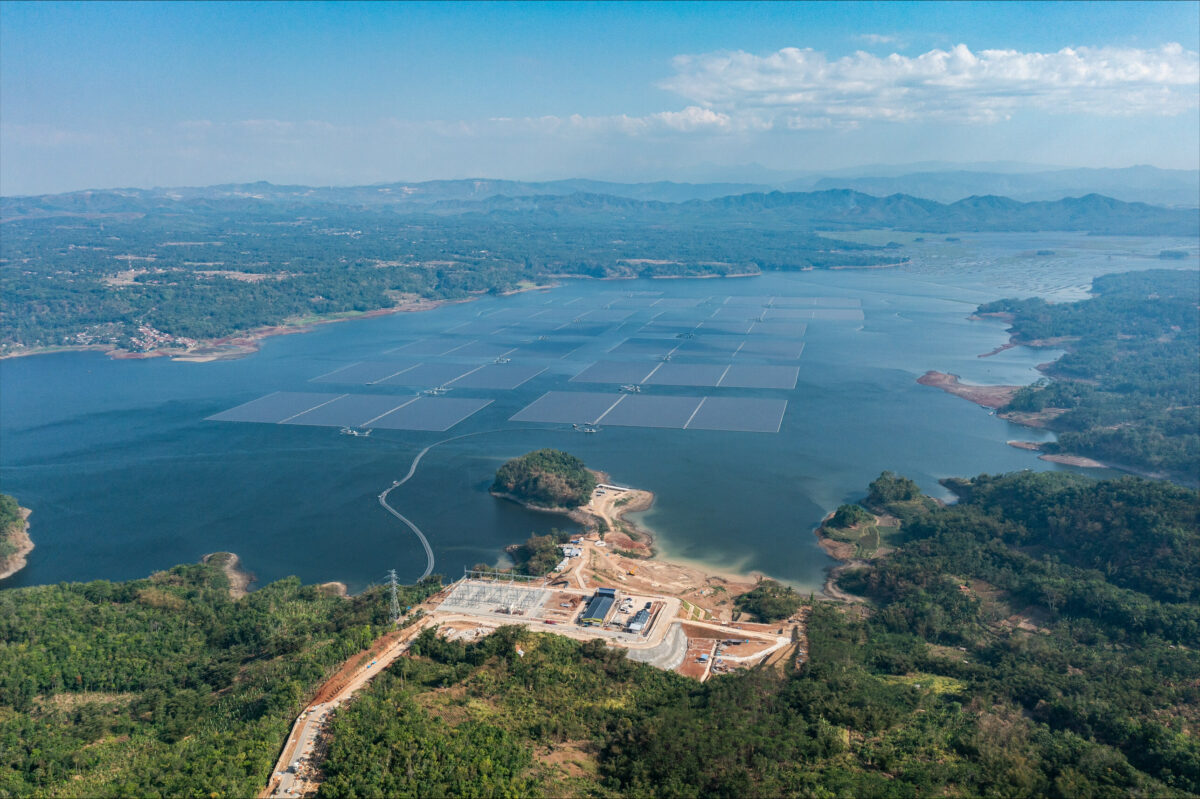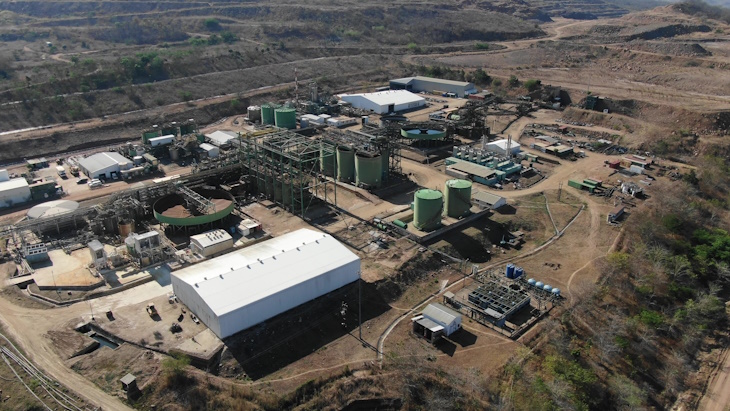
Managing Director Keith Bowes said the company is focused on restarting Kayelekera "as soon as practicable" to benefit from "strong and increasing" uranium prices. "As such, Lotus is testing the market for debt and is focused on undertaking the necessary planned activities to prepare Kayelekera for a potential restart of production in late 2025 when the supply gap for the nuclear utilities is forecast," he said.
This target date will depend on a number of conditions being met and the successful conclusion of various actions before or as part of a final investment decision (FID), the company said. These include: finalising financing and offtake for the project; signing a power supply and power implementation agreement with Malawian electricity utility ESCOM; a front-end engineering and design programme leading directly into the detailed engineering design phase for the execution of the restart plan, which will amongst other things enable a budget to be prepared for the restart and validate timelines; and the completion of negotiations on a mine development agreement and associated fiscal regime with the Government of Malawi.
These workstreams have been prioritised so that an FID can be made as soon as possible, the company said.
Kayelekera, which is 85% owned by Lotus, has a current resource of 51.1 million pounds U3O8 (19,655 tU). The project, which Lotus acquired from Paladin Energy in 2020, produced around 11 million pounds U3O8 between 2009 and 2014, when it was placed on care and maintenance.
Letlhakane update
Work at Letlhakane - acquired through Lotus's 2023 merger with A-Cap Energy - will aim to determine if a more effective processing route can be identified to improve the project economics of the 2015 feasibility study, which had envisaged a heap leach process. This will include updating the Letlhakane mineral resource model and undertaking preliminary test work to determine the potential of upgrading Letlhakane ore, Bowes said.
"While Letlhakane is considered the longer term asset, Lotus remains focused on restarting the Kayelekera Project as soon as practicable to benefit from the current strong and increasing uranium prices. As such, Lotus is testing the market for debt and is focused on undertaking the necessary planned activities to prepare Kayelekera for a potential restart of production in late 2025 when the supply gap for the nuclear utilities is forecast," he added.
